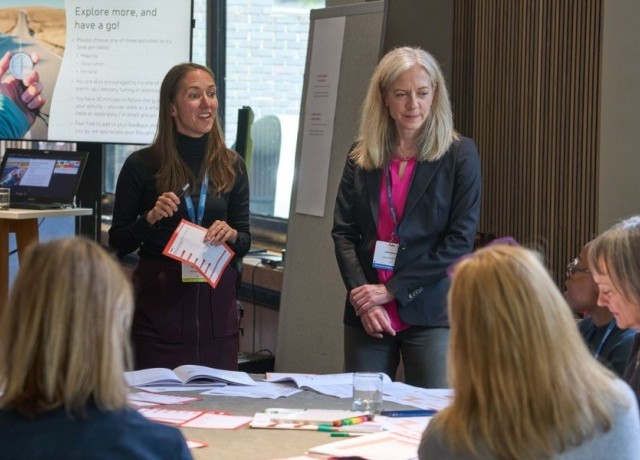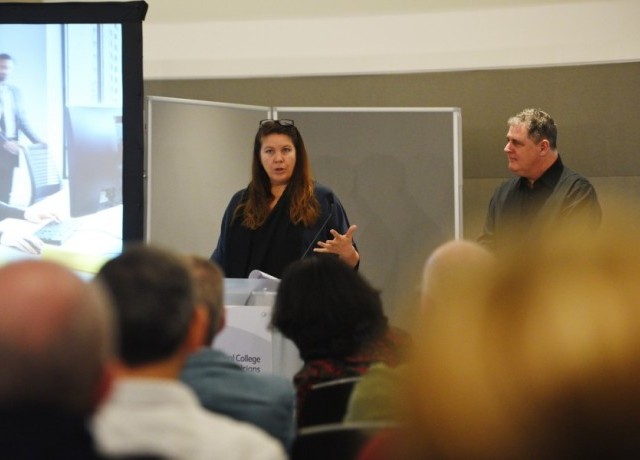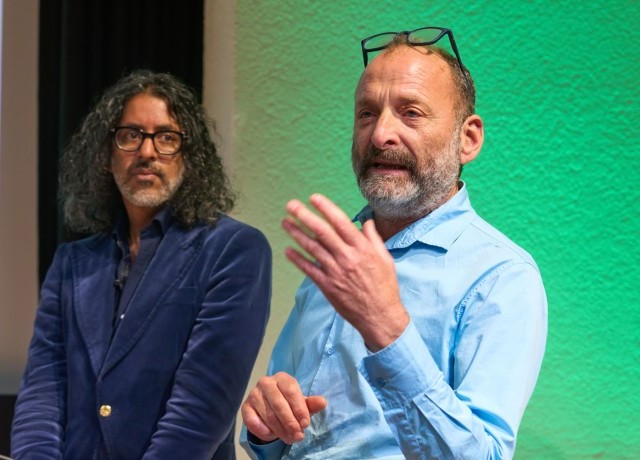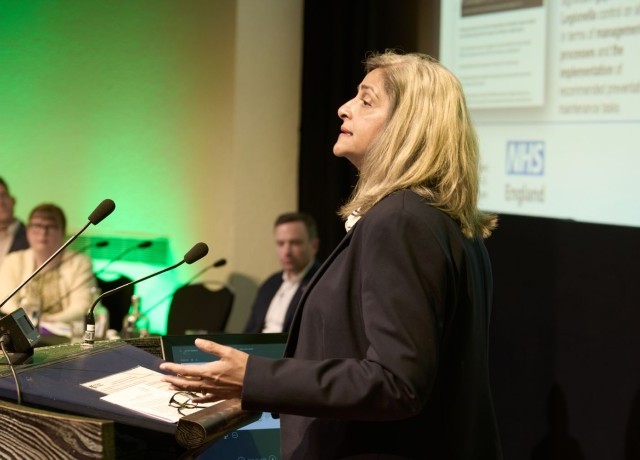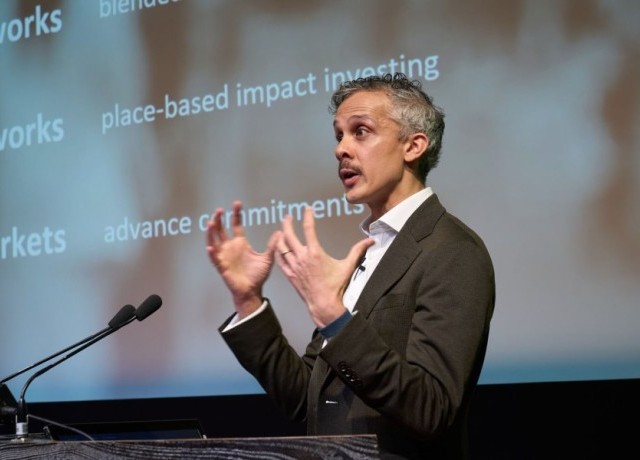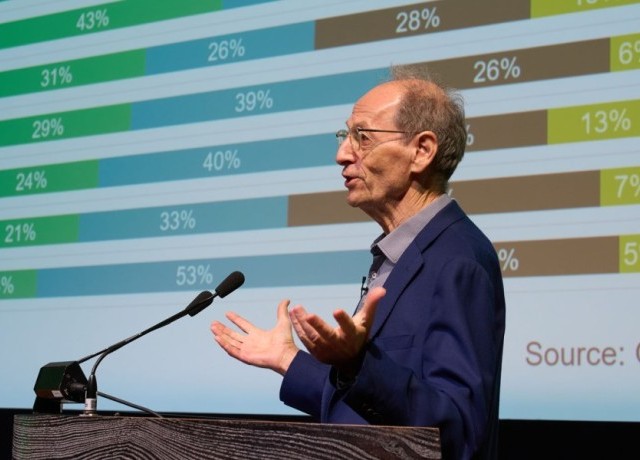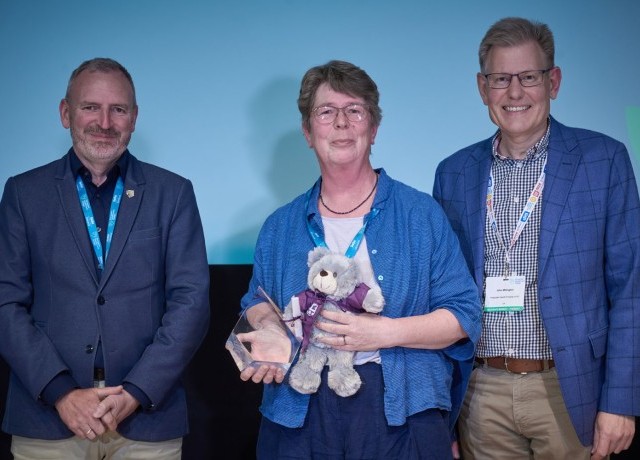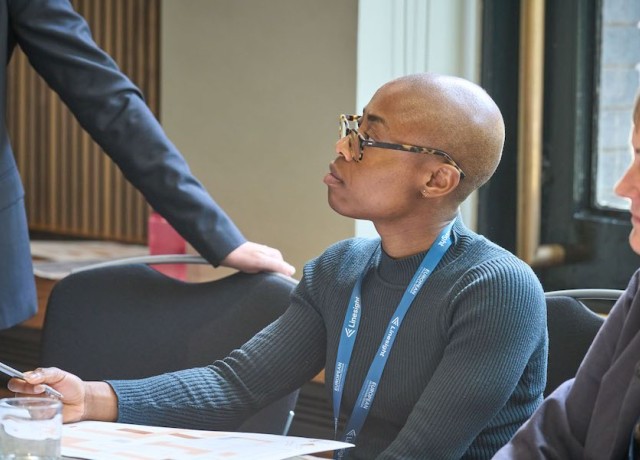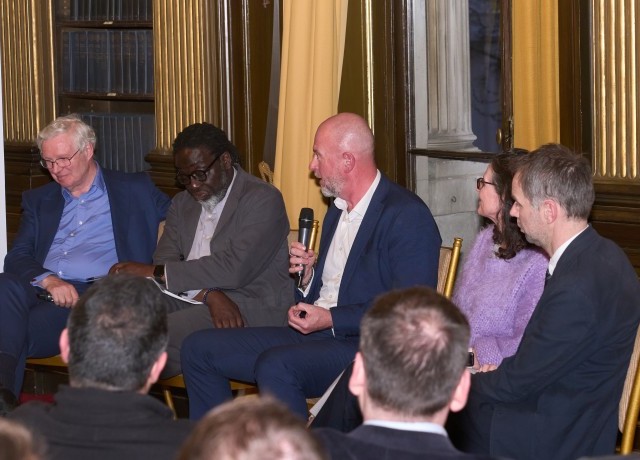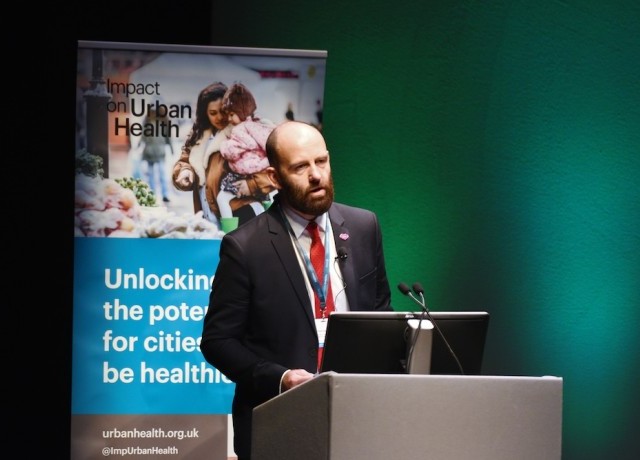
From a ‘Dirty Old Town’ to a thriving, modern city
Dirty Old Town is an ode to Salford, written by native son and folk legend Ewan MacColl for his 1949 play, ‘Landscape With Chimneys’.
Known for his artistic portrayal of industrial landscapes in northern England, LS Lowry was born in the market town of nearby Stretford, in Trafford. Both men are woven into the working-class cultural fabric of Salford and Greater Manchester – the Lowry Centre in Salford is home to the world’s largest collection of the artist’s works – and provide an interesting departure point from which to view the city’s transformation into a modern, thriving metropolis.
Addressing delegates at a keynote session of the Healthy City Design Congress – hosted this year at the Lowry arts centre in MediaCity, Salford Quays – Deputy Mayor of Greater Manchester and Salford City Mayor Paul Dennett hailed the city’s regeneration, with 60 per cent of Salford made up of green spaces, “from parks and gardens of national significance, including the Royal Horticultural Society’s first urban garden in the North, RHS Bridgewater, and waterways and moss lands all enhancing wellbeing and sustainability. Our waterfront and our green spaces are central assets to our regeneration journey and we’re only just beginning to unlock their full potential.”
But he also stressed that regeneration in Salford is not characterised by gentrification or displacement, and that the lessons from the past need to be learned.
“It’s about creating places where people can live well with access to decent housing, green spaces, good jobs, and strong, vibrant communities,” he proclaimed. “And it’s a city that doesn’t see regeneration through a reductionist economic lens but as an approach that is fundamentally about people, incorporating the social and the environmental within its endeavours to becoming an inclusive economy.”
Ensuring that new development matches these priorities, the city set up an independent design review forum earlier this year. Consisting of about 30 built environment professionals, the forum aims to embed quality, sustainability and inclusivity into every development. It’s also why Salford, along with many other cities around the UK – including Liverpool, Leeds and Newcastle – have placed the social determinants of health, as set out by Professor Sir Michael Marmot, at the heart of its regeneration strategy, with Greater Manchester declared a Marmot Place. Salford itself is ranked the 18th poorest local authority in the country, according to the UK Government’s Index of Multiple Deprivation. Deputy Mayor Dennett noted that many of the city’s residents live in poverty, experience shorter life expectancy, and spend longer periods in ill health. And there is a life expectancy gap of ten years between the more urban part of the city and the greener, more affluent part of the city.
These are the reasons why Salford is not only investing in buildings but also investing in people and communities. Said Dennett: “It’s why we see regeneration as an approach that is fundamentally about people, and a weaving together of the social with the economic and the environmental.”
From physical and mental health to educational attainment, employment and community cohesion, these are the many benefits of decent, affordable housing
Housing and health
Such a philosophy is clearly illustrated by the city’s approach to housing and health. “The lack of good quality, truly affordable, safe, secure, and accessible housing has serious detrimental impacts on so many aspects of life. It’s why Maslow put shelter at the base of his pyramid (Maslow’s Hierarchy of Needs),” said Dennett. “From physical and mental health to educational attainment, employment and community cohesion, these are the many benefits of decent, affordable housing. And that’s why, as part of our regeneration journey for the city, we’ve made providing high-quality, truly affordable, and sustainable housing an absolute priority.”
A development company wholly owned by Salford City Council, Dérive Salford is the main vehicle through which the city will seek to realise its housing ambitions, mandated to deliver high-quality, truly affordable homes for the people of Salford. With housing costs being the main driver of poverty in the UK, Dérive is tackling the homelessness and cost of living crisis head on. It has already delivered 505 council homes – 316 offered at social rents; 189 at affordable rent capped at the local housing allowance – with 1200 further units in the pipeline. And Dennett offered a clear example of regeneration as a public health intervention by the approach taken to retrofitting homes – “tackling damp and mould and fuel poverty, conditions that disproportionately impact low-income households and contribute to respiratory illness and poor mental health”.
Furthermore, environmental sustainability is, as Dennett described, “baked into the Dérive model”. The majority of homes, he explained, are being built to Passivhaus standards, achieving up to 90 per cent energy savings and supporting the council’s net-zero ambitions, while reducing fuel poverty and improving indoor air quality. “Let’s not play a language game with affordability and ensure it is linked with what happens in the labour market, household income and the welfare system,” he urged.
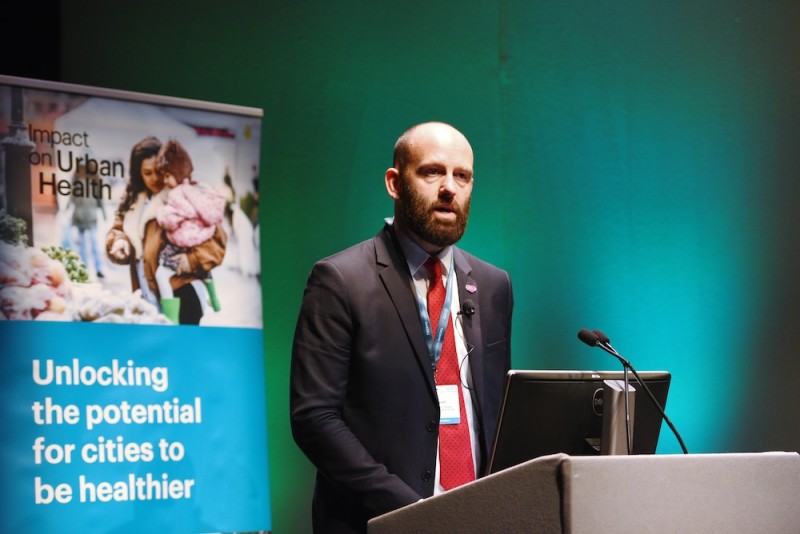 Deputy Mayor of Greater Manchester and Salford City Mayor Paul Dennett hailed the city’s regeneration, with 60 per cent of Salford made up of green spaces
Deputy Mayor of Greater Manchester and Salford City Mayor Paul Dennett hailed the city’s regeneration, with 60 per cent of Salford made up of green spaces
Presenters
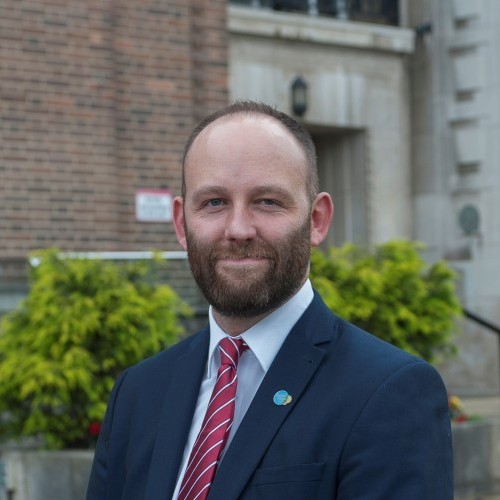
Organisations involved
Event news
Inclusive neighbourhood parks and resorts
20th November 2025
Connected futures: Regenerating Trafford and Salford together
20th November 2025




